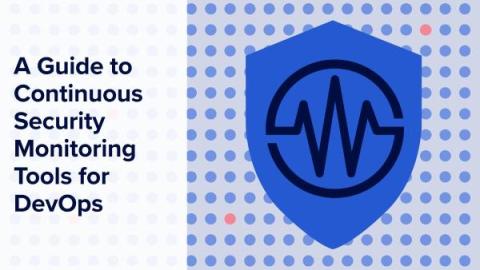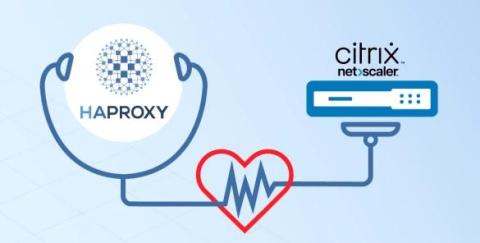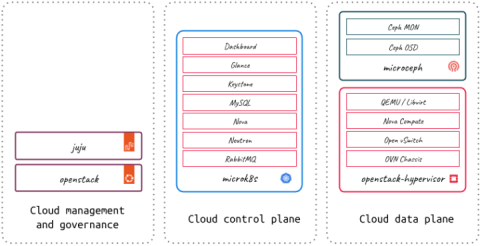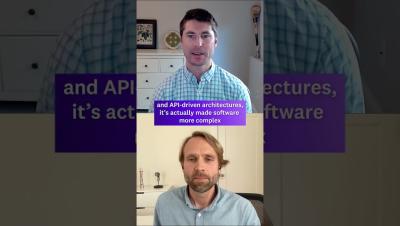A Guide to Continuous Security Monitoring Tools for DevOps
DevOps has accelerated the delivery of software, but it has also made it more difficult to stay on top of compliance issues and security threats. When applications, environments and infrastructure are constantly changing it becomes increasingly difficult to maintain a handle on compliance and security. For fast-moving teams, real time security monitoring has become essential for quickly identifying risky changes so they can be remediated before they result in security failure.











